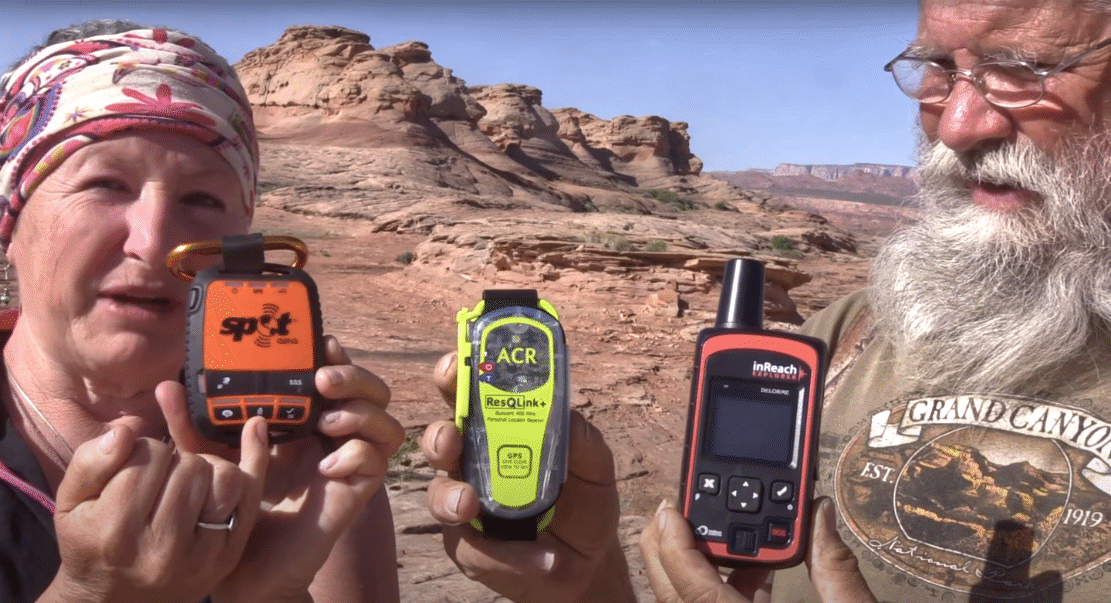
ONE OF THE QUESTIONS I’M ASKED all the time is, “If I’m out in the middle of nowhere in my van or RV, and I break down or have a heart attack or break my leg, what happens? I need help!”
You know, we all become so dependent upon our cell phones. But if you’re adventurous and you get out in remote parts of the country you might find you have no cell service.
My friend, Roxy, and I will discuss an answer.
Roxy travels alone out in the back country. “I don’t go really really out there,” she says, “but I go far enough that if I got in trouble or got stuck it would be hard to get back out again. I also like to go hike off-trail, on my own.”
Personal Locator Beacons (PLBs) were developed for situations like this. They use satellites, like GPS does, instead of cell towers. So you can connect in far more places.
We got three PLBs, with different capabilities, and Roxy field tested them. “I had never used any of these devices or anything like them, including GPS. So it was all new to me.”
Since PLBs work via satellites, your view of the sky needs to be as large and unobstructed as possible. Different brands use different satellite networks (commercial or governmental) that relay your signal to different ground stations (also commercial or governmental) who then contact the emergency response service nearest you.
Let’s compare these devices.
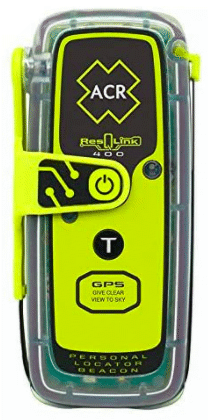
ACR ResQLink
This PLB has only one purpose: to launch emergency response resources in the case of life-threatening circumstances. Deploy the antenna, push the button and it transmits a one-way signal that communicates with multiple search and rescue satellite systems. Besides sending your GPS coordinates, which can locate you within 100 meters, ResQLink also transmits a homing beacon to ground and air rescuers that pinpoints your location. Additionally, it emits visible and infrared strobes to aid locating you in the dark.
ResQLink has no other charges beyond the purchase price.
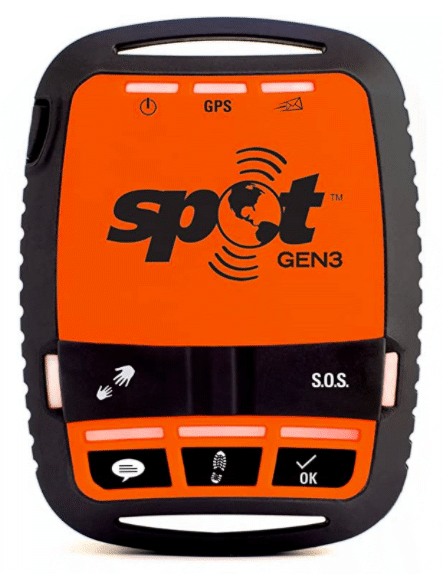
Spot Gen3
In addition to transmitting a personal locator beacon in an emergency, the Spot 3 is also a satellite messenger that lets you send preprogrammed texts and emails for non-emergencies. You can keep family and friends apprised of your location and that you’re safe, or request the type of assistance they could provide. Spot 3 can also track your movements at designated intervals, transmit them if you like, and store them for future reference. However, Spot 3 is not a two-way communicator. You send your message or distress call and wait.
Spot has various service subscription plans.
(The Spot Gen3 has been superseded by the Gen4 and Spot X. The Spot X is a two-way messenger with additional capabilities similar to the Garmin InReach.)
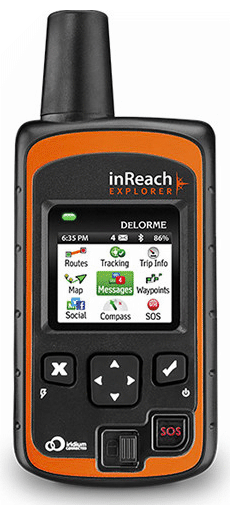
Garmin InReach Explorer
InReach is a satellite messenger, like the Spot 3, but with two-way communication and more capabilities. In fact, it’s very much like a PLB, satellite messenger, and outdoor adventurer’s handheld GPS unit combined. Preloaded topo maps, altimeter, compass and more. This is to be expected since Garmin is a big GPS company and it bought DeLorme, the big map company that created InReach. Since it’s a two-way communicator, you can not only receive updates from emergency response personnel, you can supply additional information, like medication you might need, or changing conditions. You can also communicate for nonemergency purposes and keep family and friends updated on your status.
InReach has subscription plans varying in duration and levels of features.
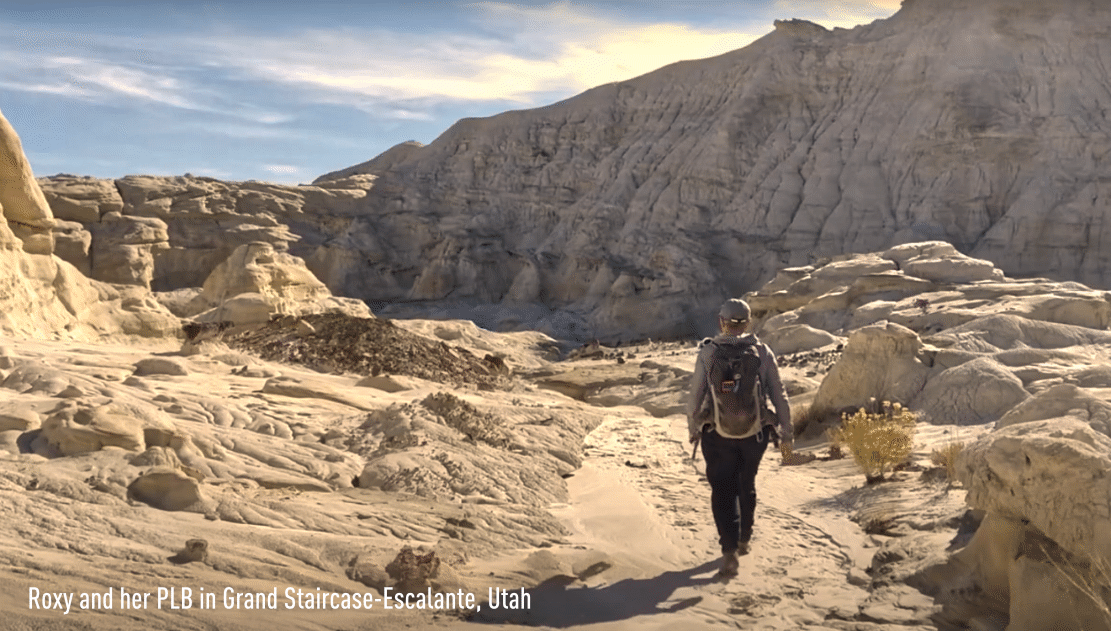
Field Testing Personal Locator Beacons
Roxy took the PLBs out in the wild to test their abilities. Since she was never in a life-threatening situation, the ResQLink was never used.
“I mostly used the Spot to check in while traveling so I have a record of where I’ve been. My family and friends have been able to see where I’m at, everywhere I go, and they’ve been loving it.” She continued, “When I push the check-in button it sends my coordinates and pre-programmed message to my chosen contacts via a preferred combination of email, SMS, Facebook or Twitter. This other button is set up so I can tell my people I’m going on a hike now, and whether it’s on-trail or off-trail. And if I activate this middle button it leaves a breadcrumb trail my contacts can follow on a password-protected web page. That’s pretty cool.”
“There are two other features, of course. There’s the SOS, which you only use in a dire situation, not something like a sprained ankle. Because it would cost you a fortune if you set that off and they sent helicopters and rescue teams out into the middle of nowhere and then found you limping along the trail but otherwise okay. If you’re having trouble but it’s not life-threatening, this other button gives you the option to ask your contacts to send help. So if I were to send this and Bob were to receive it, he could call someone we both know and say, ‘Hey, you’re in the area, could you go help Roxy?’”
“For $30 a year you can add the SOV — Save Our Vehicle — option. When you activate that, they’ll send someone to, for example, tow you out of the sand somewhere in the back and beyond. But that means the help button becomes the SOV button instead.” Getting stuck or our vehicle not starting somewhere remote are far more likely to happen than severe injury. So $30 a year is very cheap roadside — or off-roadside — assistance.
“The InReach does a lot more than the Spot. You can set your waypoints ahead of time and follow your route, like a handheld GPS. It can link to your smartphone so you can read the topographic maps on a larger screen. You can see where you are and how to get back. And rather than the pre-programmed messaging of the Spot, you can type in and send messages and post to social media while you’re out there, away from your computer.”
“I love the InReach, but I couldn’t afford the service. But if you’re going to be doing something like a lot of hiking in remote places, I think it would be worth paying for a month or two of service.”
PLB Reception Test
In the first test, to see just how clear of obstructions the sky needs to be for the Personal Locator Beacons to work, Roxy went to a forested area of Rocky Mountain National Park. The Spot was able to send a message but the InReach wasn’t. Roxy moved a few yards away and both PLBs worked. In a different part of the park, with denser growth, both the Spot and InReach were able to lock onto satellites and send messages, with the InReach performing slightly quicker.

On a different occasion, Roxy tried sending messages from a slot canyon in Utah. As expected, she wasn’t able to lock onto satellites because of the very narrow view of the sky. But she kept trying while working her way to a location where the sky was less obstructed. There the Spot was finally able to connect.
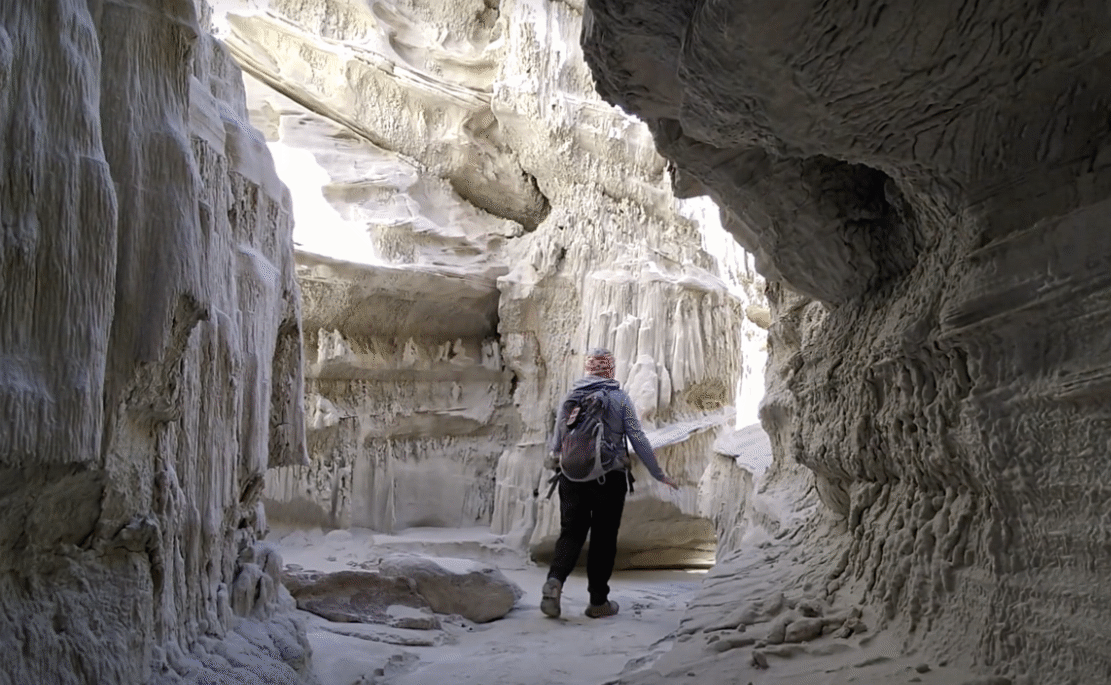
Conclusions
Personal Locator Beacons have their limitations, but still call for help in more places than a cell phone. Like so many other things in life, the best PLB comes down to how much peace of mind you need, how many capabilities you want, and how much you can afford. Both Roxy and I decided the Spot 3 met our criteria the best.
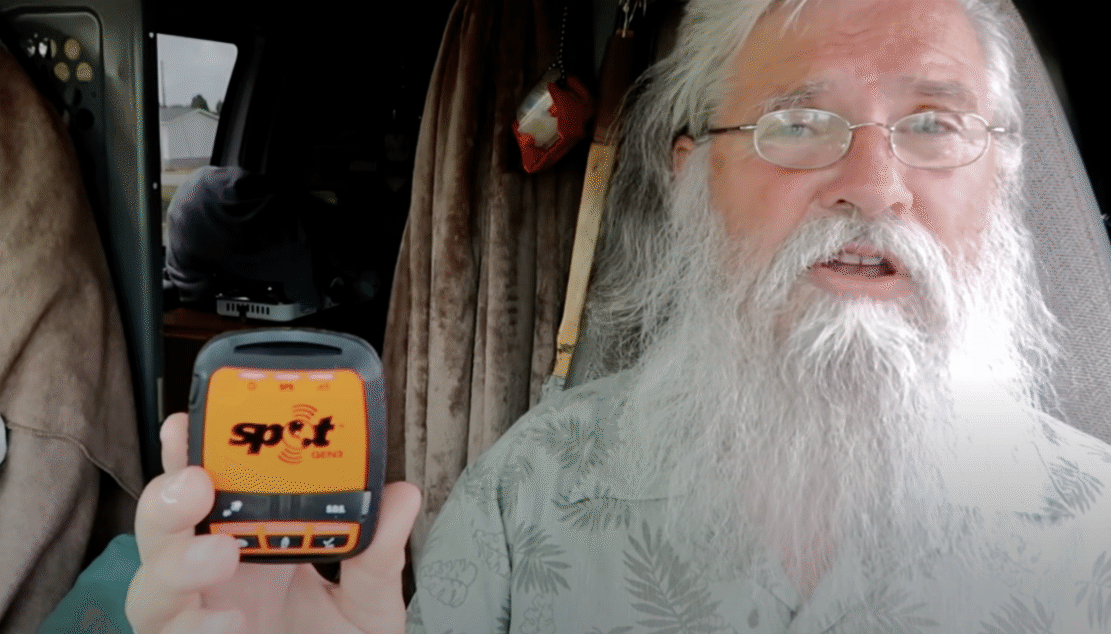
You can follow Roxy Whalley on her YouTube channel, Adventure Nomad for Nature.
